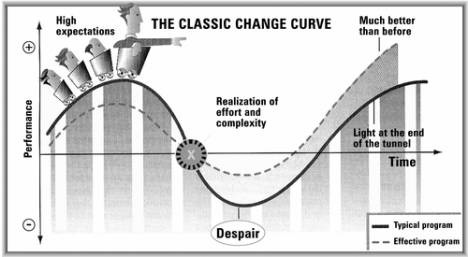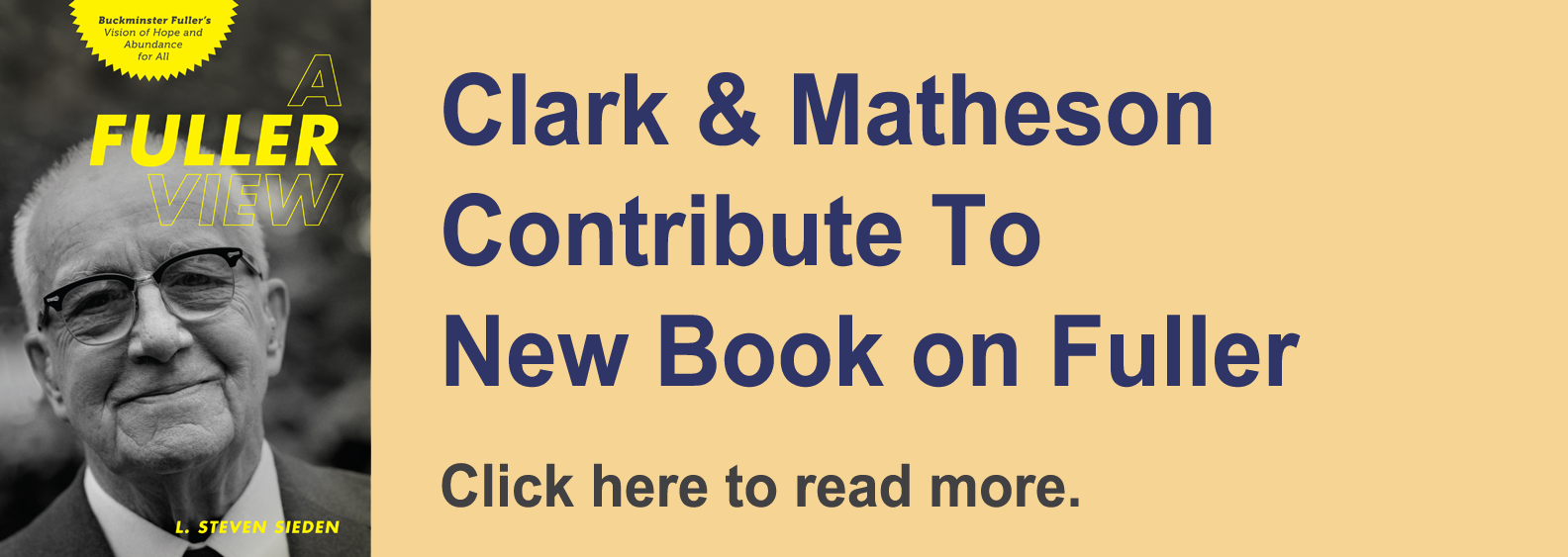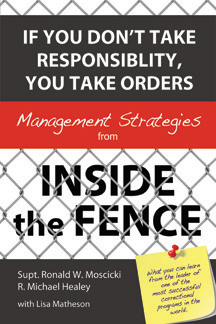Understanding the Phases of Change
PHASE 1 – Introducing Change
If change is being proactively introduced, the key is that leadership is confident that they have undertaken a thorough assessment of the impact the change may result in, both positive and negative. A sold plan for responding to all potentialities within the scope of imagination should be in place.If the change is reactive, in that it is the result of outside forces, leaderships responsibility is to respond at the first awareness by undertaking the same type of assessment as if the change was proactive.
Introduction of change will bring varied responses, but all responses will follow along the evolutionary curve demonstrated by Schneider's Clasicc Change Curve.
PHASE 2 – Disruption (Also Known as Despair, Resistance or Apathy)
Because change means you are moving into new territory, it causes a reversal in positive energy and a downturn in productivity in some way or another.The more significant the change, the more severe the disruption. It's in this phase that leadership must engage strategies for gathering feedback, assessing it and, if necessary, tweaking their plans in response to what they are learning in real time.
PHASE THREE – Decision (Also Known as the Make or Break Point)
This is the critical point. The state of discruption will continue until your people decide to embrace the change and adapt, instead of resisting it ... or insist on a reversal.The decision point is led individuals who collectively influence the organization as enough 'mass' or 'momentum' is created.
If the decision is to adapt, the process will carry on and the change envisioned by leadership will eventually take hold.
If the decision is to completely the resist the change, which can happen if the change is not in alignment with the organization, then the upswing of the change curve will be to reverting back to a state close to where the organization was when the change initiative started.
PHASE FOUR – Embracing and Committing to the Change
In this period people begin adjusting and adapting their routines to fit the new state. Productivity starts to increase again, people are happier.The risk at this point is if leadership 'backs off' it's plans. It's critical during this period to continue to monitor and assess the process looking for ever more ways to improve and correcting problems as they apper.
Back to Curricula For Managing Successful Change.



